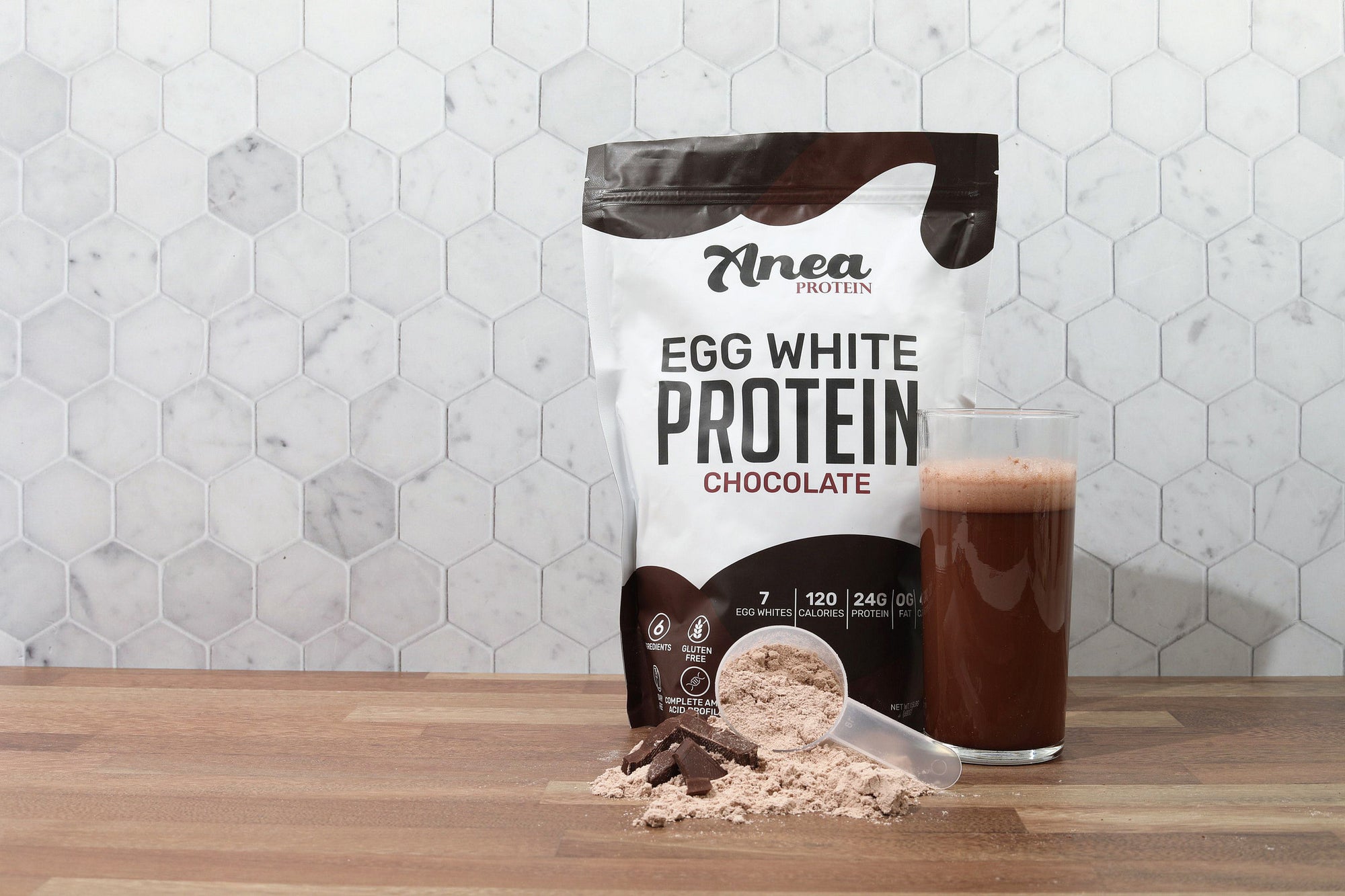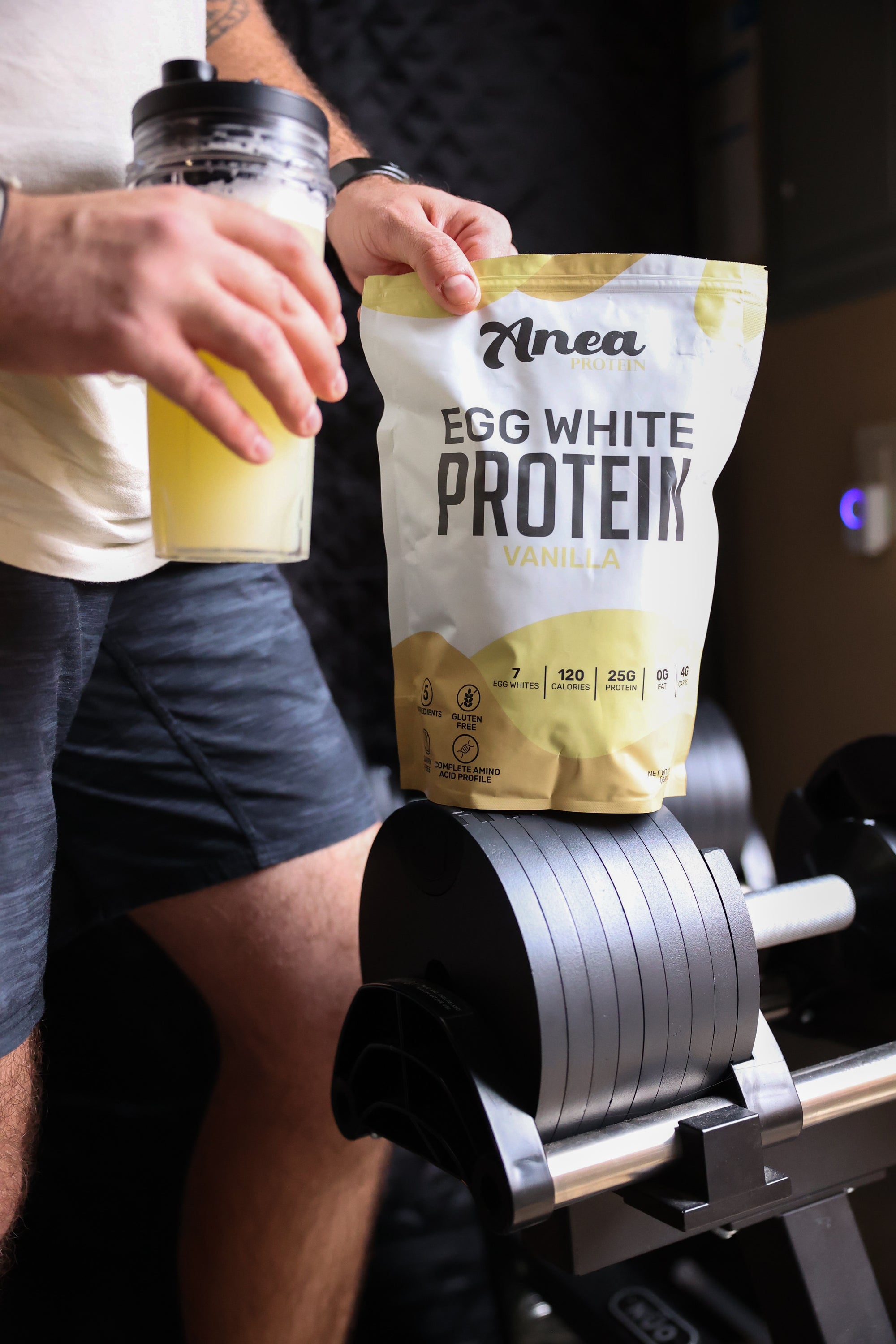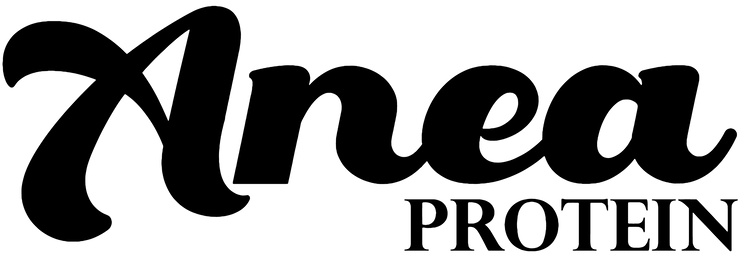

Glow From Within
When it comes to cardio, which type is best? The simple answer is: whichever you prefer most. The more complex answer is that it depends on your goals, diet, and training level. Let’s start by breaking down the two types so we can make it a little more sense of it all.

Understanding Aerobic vs. Anaerobic Exercise: What's Right for You
Aerobic exercise is more of a “lower intensity” cardio. This could range from walking, jogging, or going on a long bike ride. During aerobic exercise, heart rate increases to improve blood flow, but remains low enough that the muscles can still use oxygen.
Anaerobic exercise is higher in intensity, typically consisting of short bursts — such as sprints, rowing, or HIIT workouts. Anaerobic exercise quickly elevates the heart rate, making it challenging, yet unsustainable for long periods of time; and because of this high heart rate, there is no oxygen available for the muscles to use, which can lead toa quicker buildup of lactic acid.
The Talk Test: A Simple Way to Gauge Your Workout Intensity
A good way to tell the difference is by using the “Talk Test”. The more intense an exercise gets, the harder it is to breathe—and thus, talk. If you’re exercising and can hold a full conversation with someone, then you’re at the lower end of aerobic training (think about going on a walk with someone and talking the whole time). The harder it gets to talk, the more anaerobic your training is. It’s important to note, though, that mild/moderate difficulty speaking will still fall within the aerobic threshold – so don’t panic if that happens; but if your goal is to be more aerobic and limit lactic acid buildup (i.e. “burn”), then you want to make sure you can hold a reasonable conversation, even if it’s not full sentences.
For most people, aerobic exercise is going to be the best option. It’s more sustainable and easier to fuel for, since the body naturally prefers fat for energy. As heart rate and breathing picks up, the body gradually decreases its use of fats and increases its use of carbs for immediate energy. The aforementioned “Talk Test” is a great way to assess carb vs. fat usage during activity.
As one may assume, the body has A LOT more fat energy available than carbs, so fueling for aerobic exercise simply consists of following a balanced diet; and, as a result, is easier to manage while in a calorie deficit. Anaerobic exercise, however, primarily uses carbs for energy – of which the body has a limited storage capacity. If this is going to be your primary mode of cardio, it’s important that you prioritize carbs in your diet, especially right before your workout.

Choosing the Right Cardio for Your Goals and How to Fuel It
So, which one should you do? If your goal is athletic performance, then you’ll want to focus on cardio that matches the pace and intensity of your specific sport. If you’re striving for weight loss and overall wellness, then I recommend a mixture of both to keep it more fun. While aerobic training is easier to sustain, it requires more overall time to burn the same number of calories, which can be a deterrent for those trying to lose weight. However, the high intensity of anaerobic exercise can be physically and mentally draining, despite the benefit of needing less time. Therefore, it truly comes down to personal preference and whichever you can stick with the most.
Once you choose your preferred cardio, it’s time to lock in on the diet. As mentioned, these types of exercise use different nutrient systems. If you choose to prioritize aerobic training, then you don’t really need to manipulate your diet. The average adult will have over 10,000 calories-worth of stored fat in their body, so increasing exogenous fat intake to fuel exercise is unnecessary. Just consume a balanced diet of protein, carbs, and fats — and of course, adjust the calories as necessary based on your goals.
Fueling Your Anaerobic Workout: Carbs, Snacks, and the Power of Protein
For anaerobic training, it will vary based on total volume. If you’re just doing a 20-30 minute HIIT workout, then the same principles apply when it comes to overall diet. The only addition would be a quick-carb snack right before the workout to give you that readily-available energy while glycolysis kicks in. This could be a banana, applesauce, or pretzels – think light and easy.
If you’re an athlete doing multiple hours of training per day, then it’s essential that you manipulate the overall diet as well to supply a higher percentage of carbs. With all this intense training, the muscles are in constant need for carbs, and insufficient intake could limit the intensity later in the workout.
And no matter which type of exercise you choose or how much you do, the one thing that’s always important… PROTEIN! Whether it’s from food or supplements, like Anea Protein, hitting your protein goals is crucial for adequate recovery and longevity.
